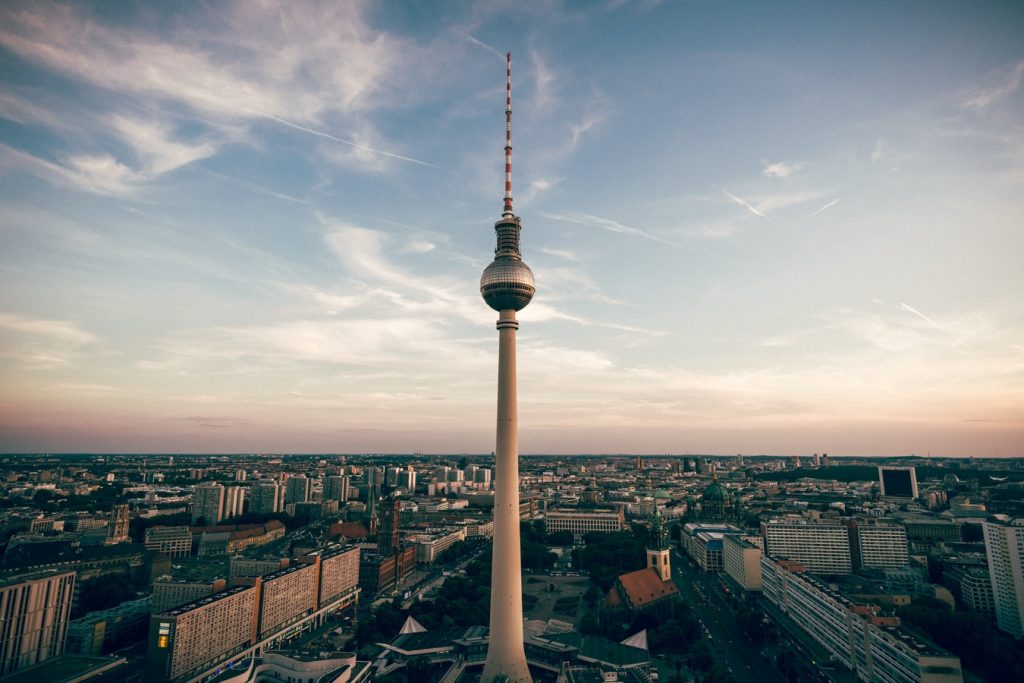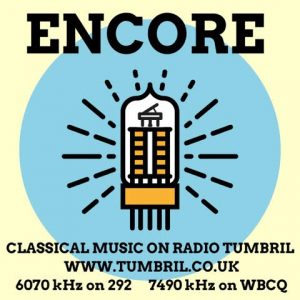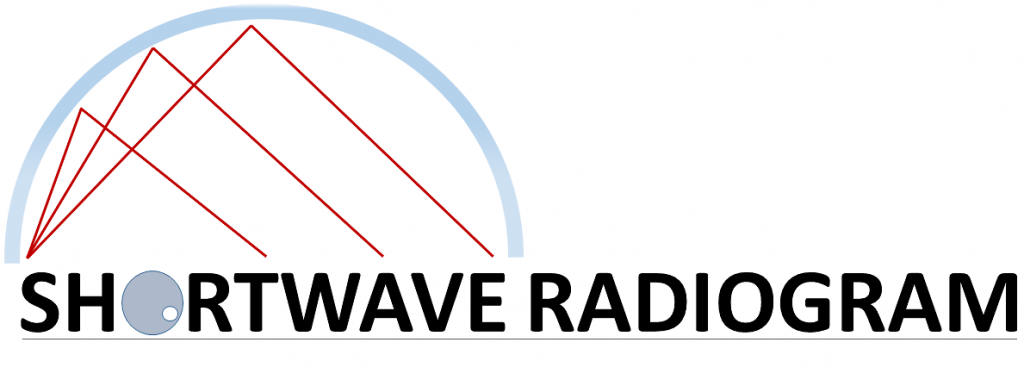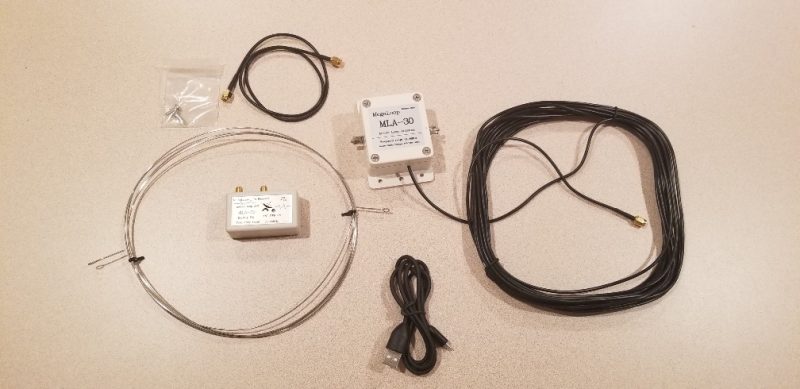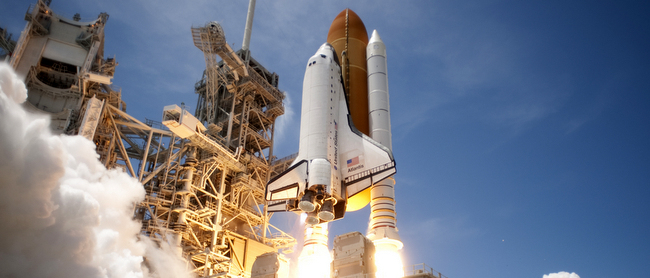(Source: Deutsche Welle via David Iurescia)
It served as a symbol of communist power and remains a remarkable landmark of the now reunited city: the Fernsehturm on Alexanderplatz was inaugurated on October 3, 1969.
With its iconic glittering sphere, the TV Tower looks over the once divided city that has been reunited since 1990. The 365-meter-high (1,198-foot-high) Fernsehturm on Alexander Platz in East Berlin was almost 220 meters taller than West Berlin’s broadcasting tower, the Funkturm at the Berlin Exhibition Center.
When the Fernsehturm was completed in October 1969, it was the second-highest television tower in the world, right after the Ostankino in Moscow (537 meters). TV towers built afterwards, such as in Tokyo, Guangzhou, Toronto, Shanghai, Tehran or Kuala Lumpur, have since broken the records of the time.
The head of the East German state, Walter Ulbricht, inaugurated the building to mark the 20th anniversary of the foundation of the GDR, on October 3, 1969. The structure served as a demonstration of the power of the communist state. The tower was indeed a masterpiece of engineering — even West German experts were ready to admit that.[…]
Click here to read the full story.
Note: Corrected title from Radio to TV Tower. 🙂

